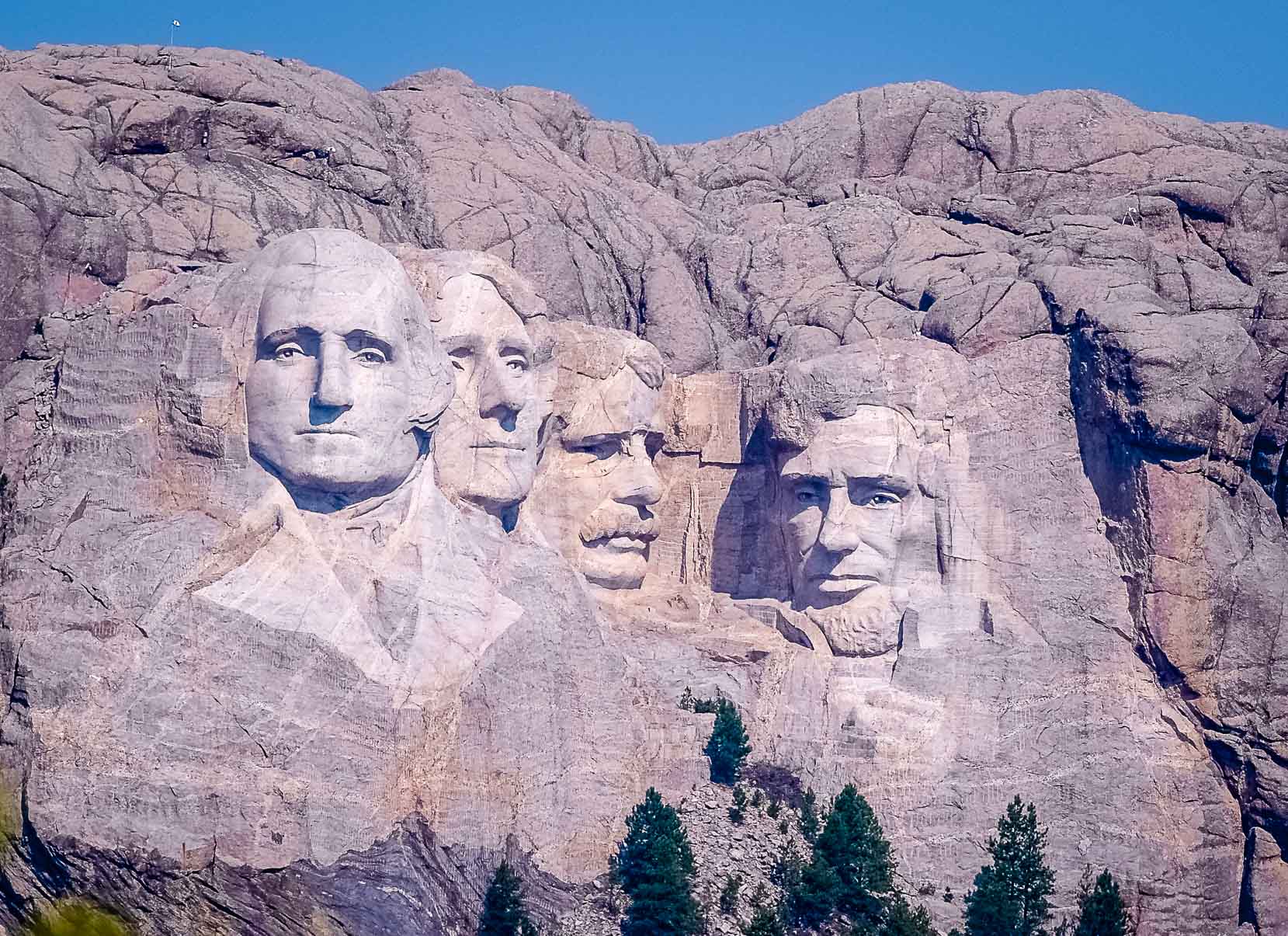Some works of art may take days or a few weeks to complete, but the truly grand pieces can sometimes take years or even decades. On October 31, 1941, Mount Rushmore, one of America’s most recognizable landmarks, was finally completed after 14 years of work. Carved into the Black Hills of South Dakota, the monument features the faces of Presidents George Washington, Thomas Jefferson, Theodore Roosevelt, and Abraham Lincoln. This colossal sculpture remains a symbol of American history and ingenuity.
Fun Facts:
- The idea for Mount Rushmore was conceived by South Dakota historian Doane Robinson, who wanted to promote tourism in the Black Hills. Sculptor Gutzon Borglum was hired to design and oversee the project.
- Construction began on October 4, 1927, and lasted 14 years. However, it was interrupted multiple times due to funding issues, weather conditions, and Borglum’s death in March 1941. His son, Lincoln Borglum, oversaw the final stages of the project.
- The monument features the 60-foot-tall faces of four U.S. presidents: George Washington, Thomas Jefferson, Theodore Roosevelt, and Abraham Lincoln. These presidents were chosen for their roles in preserving the nation and expanding its territory, a decision that reflects the United States’ democratic values.
- Originally, Borglum planned to carve each president from head to waist, but only the faces were completed due to financial constraints and the onset of World War II.
- Over 400 workers helped carve the monument, using dynamite for about 90% of the work. Despite the hazardous conditions, there were no fatalities during construction.
- Mount Rushmore attracts over 2 million visitors annually, making it one of the most popular tourist destinations in the United States.
- Although the monument is iconic and a significant tourist attraction, it has faced criticism for its location in the Black Hills, a region sacred to the Lakota Sioux. This has sparked ongoing debates about its cultural impact and significance, inviting us all to engage in a thoughtful and meaningful discussion about the intersection of history, art, and culture.

